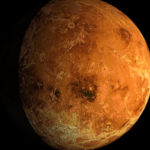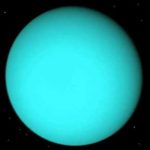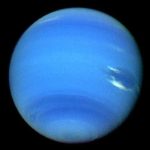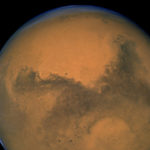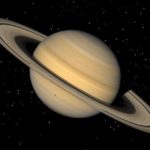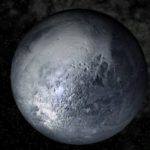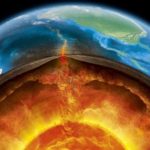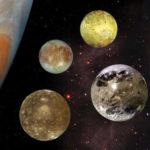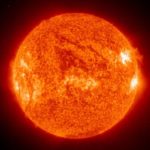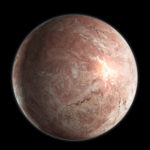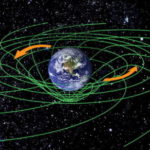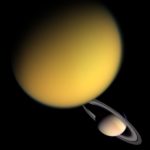Interesting facts about the planet Venus
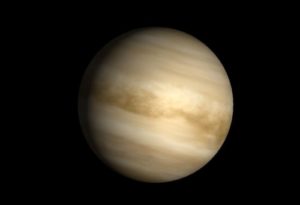 Venus is a planet that for a long time was called the twin sister of our Earth. However, when the first scientific data on it were received, this opinion changed greatly. This is one of the hottest planets in the solar system, besides having a crazy atmosphere that not only makes it difficult to research, but also excludes any presence of life on its surface.
Venus is a planet that for a long time was called the twin sister of our Earth. However, when the first scientific data on it were received, this opinion changed greatly. This is one of the hottest planets in the solar system, besides having a crazy atmosphere that not only makes it difficult to research, but also excludes any presence of life on its surface.
Venus is the planet most similar in size to the Earth, its diameter is less than the earth’s diameter by only 640 kilometers.
The Venusian year lasts 225 earth days.
In the entire solar system only Venus and Uranus rotate around their axis from east to west.
The day on Venus is longer than a year – 243 terrestrial days.
Venus can be easily seen from the Earth with an unaided eye.
The surface of Venus is hidden by such dense clouds that no rays of the visible part of the spectrum penetrate through them.
The high temperature of the surface of Venus is caused by a powerful greenhouse effect.
The force of attraction on Venus is about nine tenths of the earth’s gravity.
The first photograph of Venus from space was made in 1962 by the Mariner-2.
The mass of Venus is about 80 percent of the Earth’s.
The first landing of an unmanned spacecraft on Venus was carried out in 1970 by a Soviet probe.
There is no change of seasons on Venus.
All craters on Venus have a diameter of at least two kilometers, because through a dense Venusian atmosphere only large meteorites can reach the surface of the planet, the others are scattered and burned.
From the surface of Venus can not see the sun because of the constant dense clouds.
The Venusian clouds for four Earth days pass a full circle above the planet because of constantly blowing strong winds.
The magnetic field of Venus is very weak.
Venus, along with Mercury, does not have natural satellites.
Venus has such a high albedo that on a moonless night can cast a shadow on the Earth.
The atmosphere of Venus is 96.5 percent carbon dioxide.
The temperature on the surface of Venus reaches 475 degrees Celsius, which is higher than the melting point of lead.
The mass of the Venusian atmosphere is 93 times greater than that of the earth.
The pressure on the surface of Venus is 90 times greater than the Earth’s surface.
On Venus there are rains from sulfuric acid.
Of all the planets of the solar system, only Venus rotates around the sun in a clockwise direction.
Venus is the hottest planet in the solar system, despite the fact that it is much farther from the Sun than Mercury.
The highest mountains on Venus reach a mark of 11.3 kilometers.
On the surface of Venus there are thousands of volcanoes.
On Venus there is no water in any form.
A typical Venusian landscape is mountains and rocky deserts, enveloped in eternal darkness.
